13 Indoor Bonsai Trees That Bring Life to Your Space
Bonsai trees are a wonderful way to introduce greenery to your living space. Their intricate shapes and small size make them a unique addition to any room. A bonsai tree can bring a sense of peace and tranquility to your home. Caring for these trees can be a rewarding experience that connects you with nature.
This post may contain affiliate links, which helps keep this content free. Please read our disclosure for more info.
Ficus Bonsai
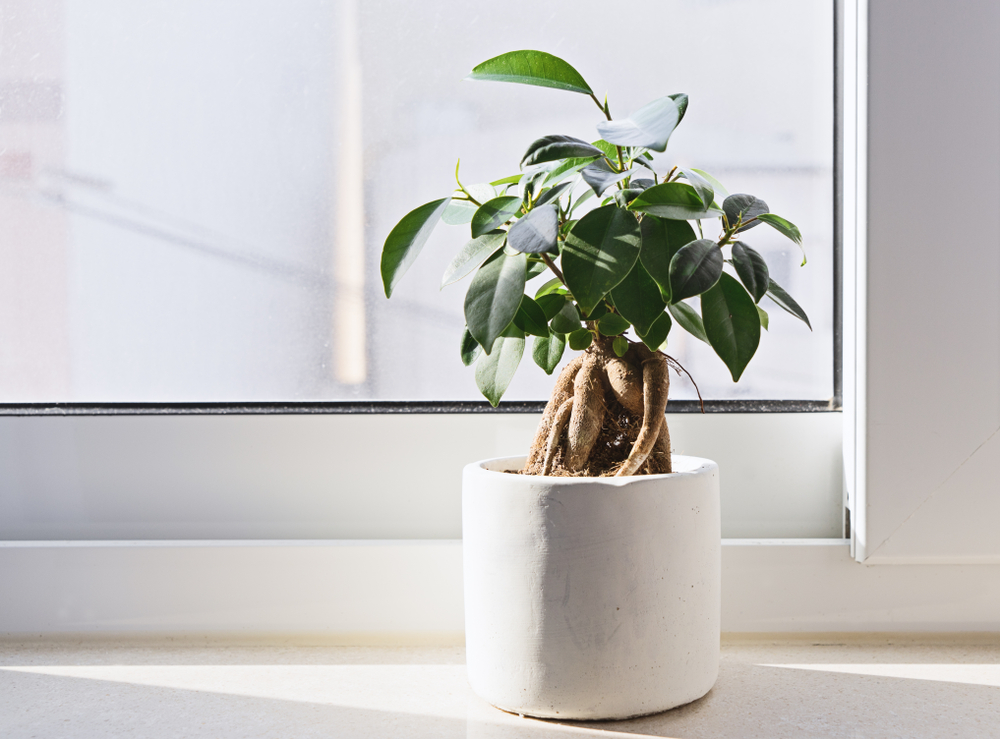
The Ficus Bonsai is a popular choice for indoor spaces due to its resilience and attractive leaves. It features smooth, glossy green foliage and a thick, sturdy trunk. Typically, this tree grows to an average height of about 12-36 inches when kept indoors. It thrives in bright, indirect light and prefers a well-draining potting mix to ensure healthy growth.
Ficus Bonsais are relatively low-maintenance, making them ideal for beginners. Regular watering is essential, but the soil should not be kept too moist. They also respond well to pruning, which helps maintain their shape. Over time, they develop a more interesting and elegant appearance as the trunk thickens and the leaves become more vibrant.
Jade Bonsai
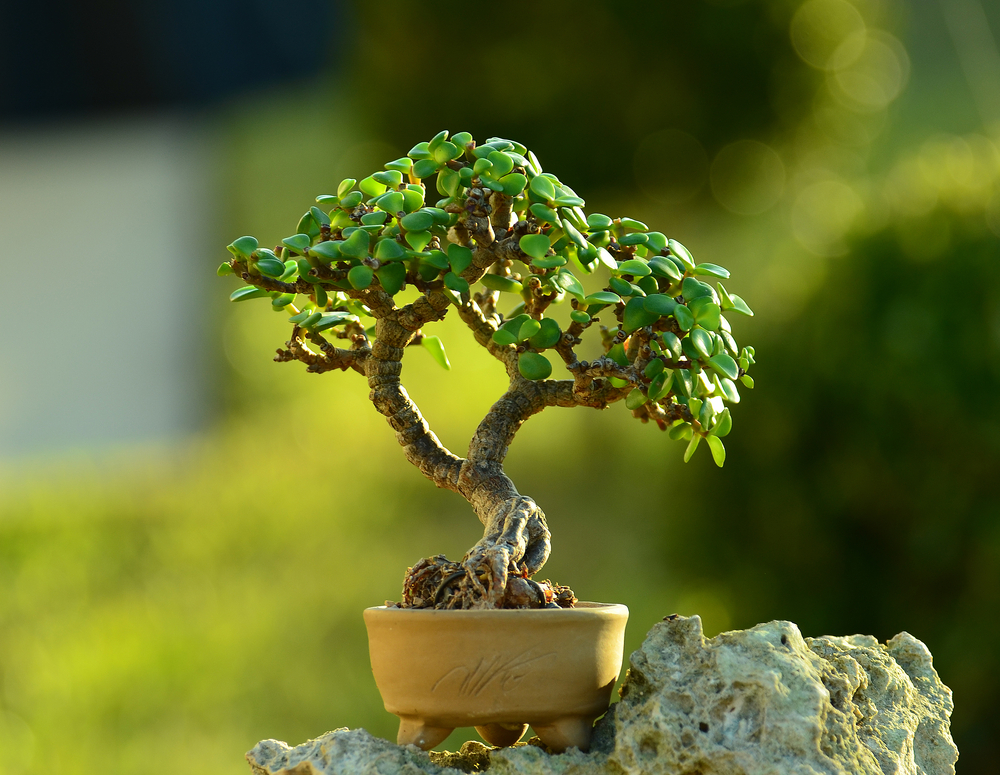
Jade Bonsai trees are known for their thick, succulent-like leaves and their ability to store water in their stems. This variety typically reaches a height of 8-24 inches indoors. It does well in a sunny spot and requires minimal watering, making it a great option for those with a busy lifestyle. It is particularly loved for its attractive, rounded leaves and unique, tree-like structure.
Jade Bonsai is highly adaptable and can withstand dry conditions. However, it should be watered thoroughly when the soil feels dry to the touch. Pruning the plant encourages a denser and more compact growth. Jade trees are also considered symbols of good luck and prosperity, making them a popular choice for many homes.
Chinese Elm Bonsai
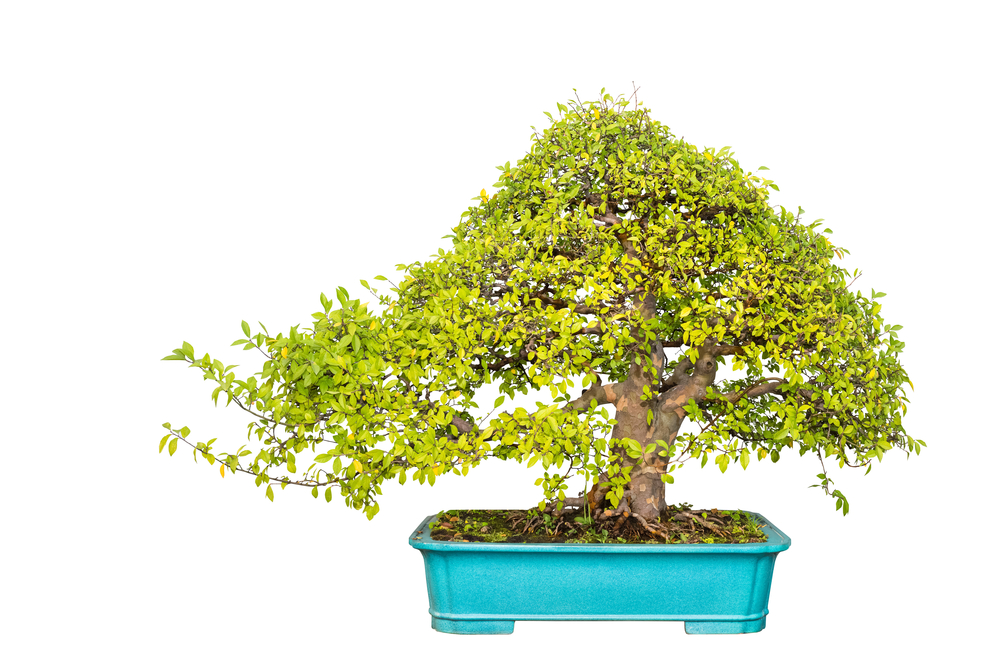
The Chinese Elm is a hardy and versatile indoor bonsai tree that can adapt well to various conditions. It usually grows to a height of 10-18 inches indoors. This tree features small, serrated leaves that turn yellow in the fall, adding a seasonal touch to your home. It thrives in moderate light and needs regular watering but should not be overwatered.
Chinese Elm Bonsai trees are easy to shape and train, making them suitable for bonsai enthusiasts of all levels. They can handle both pruning and wiring, allowing for a customized shape. This variety is known for its flexibility in design and can handle a wide range of temperatures. With the right care, it can be a lasting and beautiful indoor plant.
Japanese Maple Bonsai
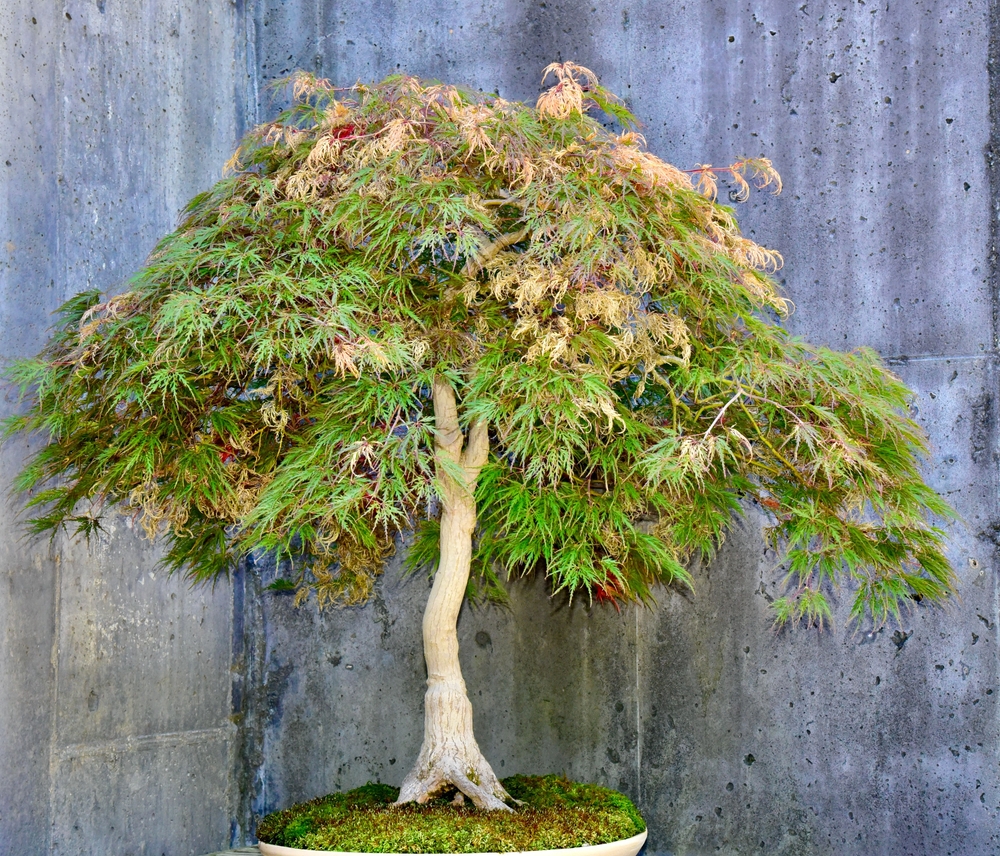
The Japanese Maple Bonsai is a striking tree that offers beautiful, delicate leaves and vibrant colors. It typically reaches an indoor height of about 12-24 inches. This tree is known for its stunning red, orange, or yellow foliage, particularly in the fall. Japanese Maple Bonsai requires bright light and a bit more attention when it comes to watering.
Japanese Maples thrive in slightly cooler indoor environments and prefer a well-draining potting mix. They are slightly more challenging to care for compared to other indoor bonsai but are highly rewarding. With proper care, they provide a visually captivating centerpiece in any room. Their unique leaf shape and seasonal color changes make them a standout choice for home decor.
Dwarf Umbrella Bonsai
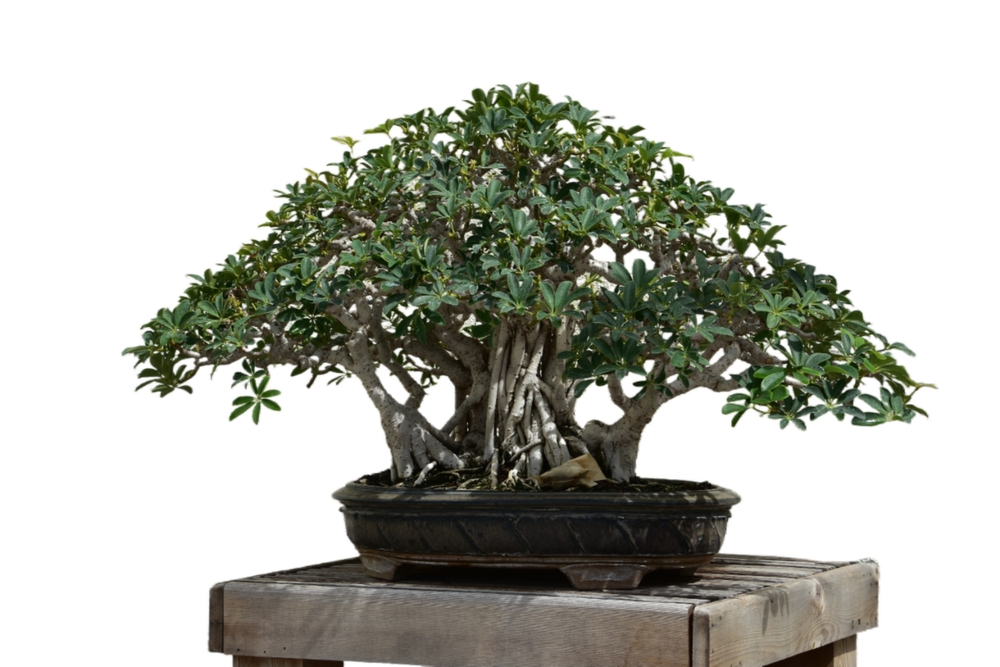
The Dwarf Umbrella Bonsai is a small, compact tree with glossy, green foliage shaped like tiny umbrellas. It typically reaches an indoor height of 12-18 inches. This bonsai is perfect for beginners due to its low-maintenance nature and ability to tolerate a range of light conditions. It thrives in indirect light and requires regular watering to maintain healthy growth.
The Dwarf Umbrella Bonsai is perfect for small spaces due to its compact size. It grows well in a small pot and can even thrive in areas with limited light. This tree does not require frequent pruning but should be shaped as it grows. It adds a tropical touch to any room, creating an inviting atmosphere.
Pine Bonsai
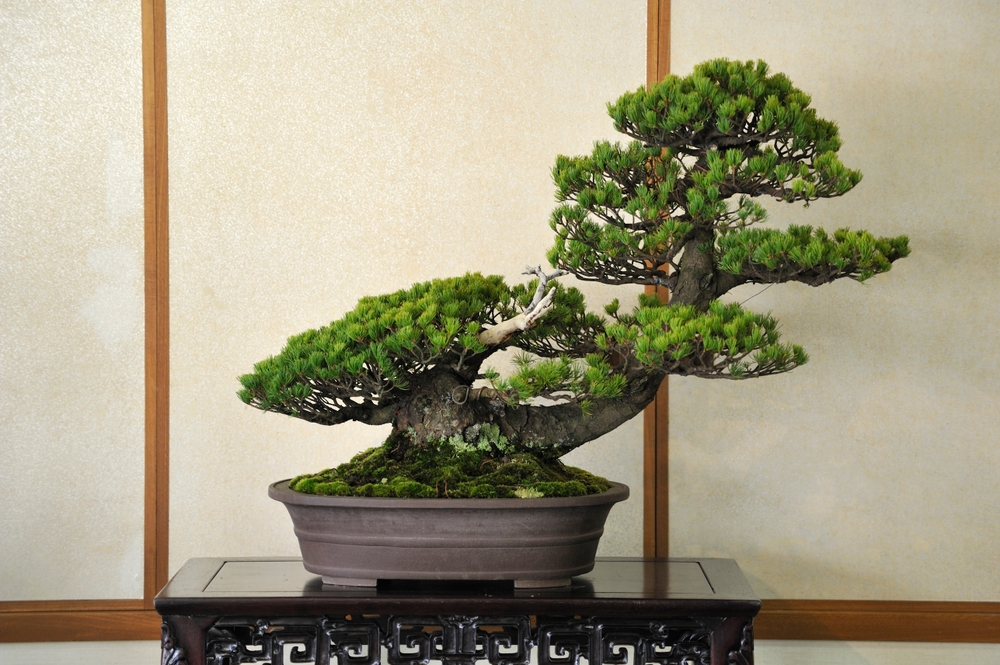
The Pine Bonsai is a classic tree known for its long, slender needles and rugged appearance. Indoors, it typically reaches a height of about 12-24 inches. Pine Bonsai trees prefer bright light and require regular watering, but the soil should be allowed to dry between waterings. Their needle-like leaves give them a distinctive look that suits a wide variety of interior styles.
Pine Bonsai trees can be shaped and pruned to create unique and intricate designs. They require occasional trimming to keep them in shape. Although they are a bit more challenging to maintain than some other varieties, their long lifespan and graceful appearance make them worth the effort. They are well-suited for homes with plenty of natural light.
Fukien Tea Bonsai
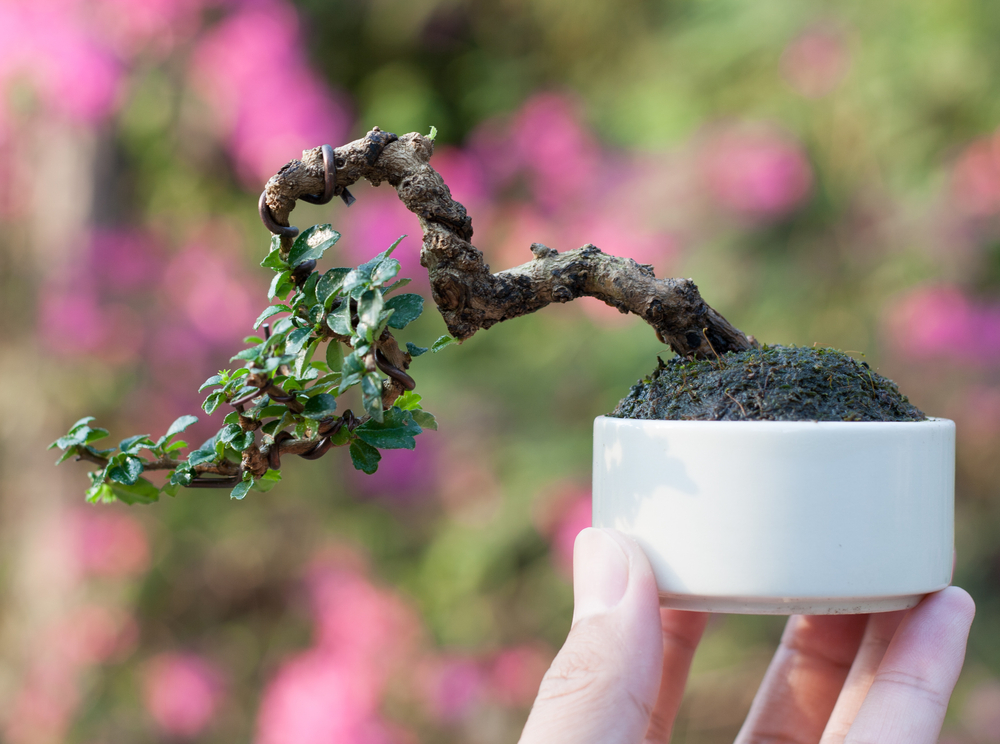
The Fukien Tea Bonsai is a beautiful tree with small, dark leaves and tiny white or pink flowers. It usually grows to a height of about 8-12 inches indoors. Known for its intricate branches and delicate appearance, this tree thrives in bright, indirect light. It should be watered regularly but does not require excessive moisture.
Fukien Tea Bonsai trees are slightly more sensitive and require attentive care. They benefit from occasional pruning to maintain their shape and encourage new growth. With its small, glossy leaves and occasional blooms, this bonsai adds a delicate touch to any space. It is an excellent choice for those who want a more ornamental addition to their home.
Schefflera Bonsai
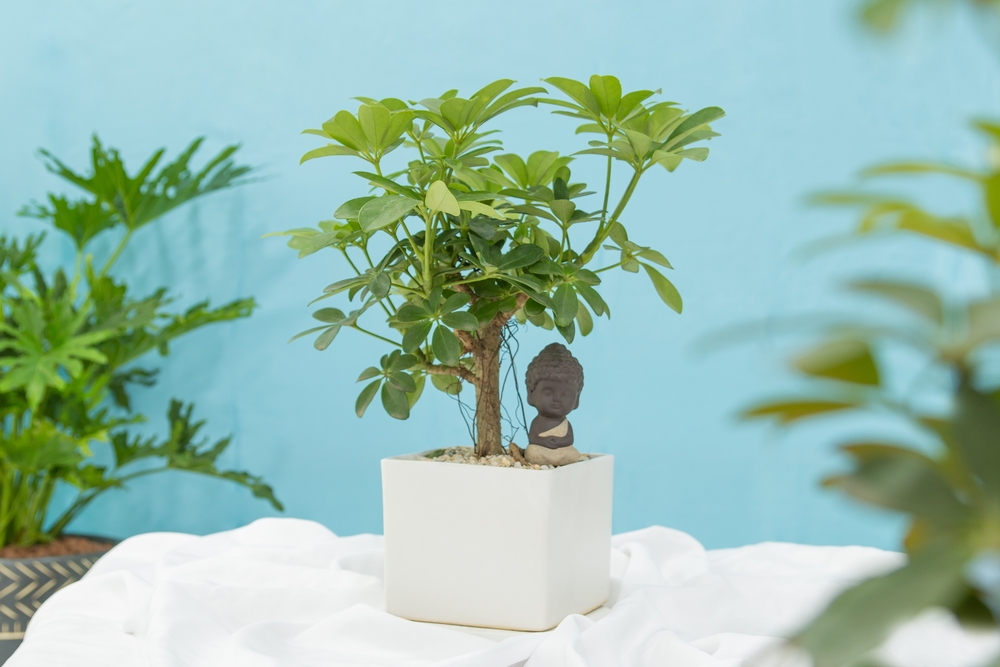
The Schefflera Bonsai features shiny, glossy leaves that form a unique umbrella-like pattern. It typically reaches a height of 12-24 inches when grown indoors. This tree is ideal for those seeking a low-maintenance option that can tolerate a variety of light conditions. It thrives in bright, indirect light but can also adapt to lower light levels.
Schefflera Bonsai trees are known for their fast growth and ability to withstand slightly drier conditions. They only require occasional pruning to keep their shape and can be shaped easily. This variety is perfect for beginners as it is forgiving and does not need excessive attention. Its bright, vibrant foliage enhances any room’s atmosphere.
Serissa Bonsai
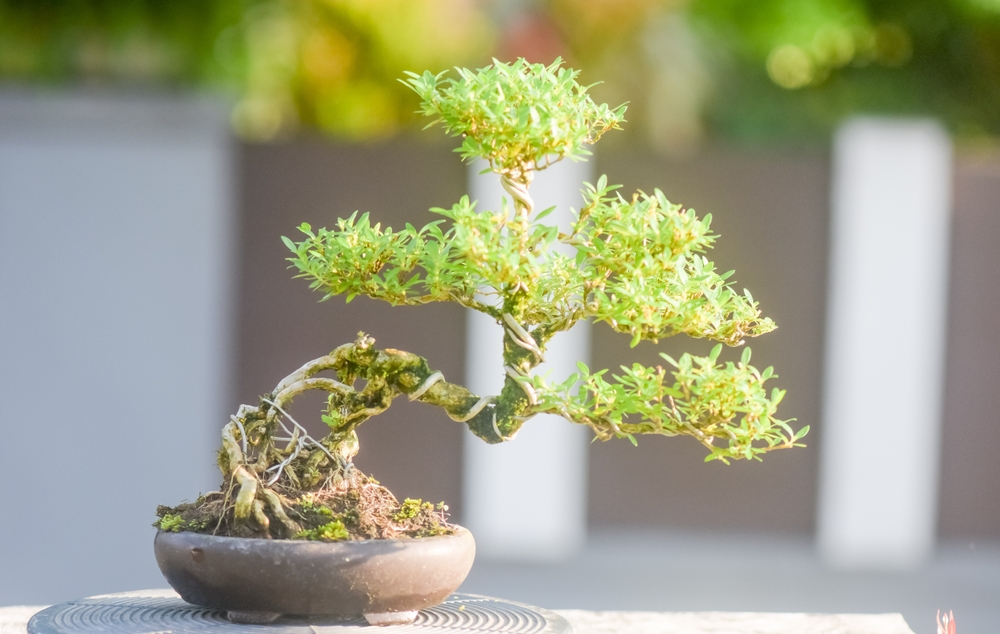
The Serissa Bonsai, also known as the Tree of a Thousand Stars, is known for its small white flowers that bloom throughout the year. It typically grows to an indoor height of 6-12 inches. Serissa trees need bright light and regular watering to keep their flowers blooming. They also benefit from periodic trimming to maintain a compact shape.
Serissa Bonsai trees are delicate and require attention to detail when it comes to watering. They prefer slightly moist soil but should not sit in water. This tree’s constant blooming and unique flowers make it a lovely indoor plant, offering a beautiful and fragrant addition to any home. With proper care, it will thrive and become a unique feature in your home decor.
Black Pine Bonsai
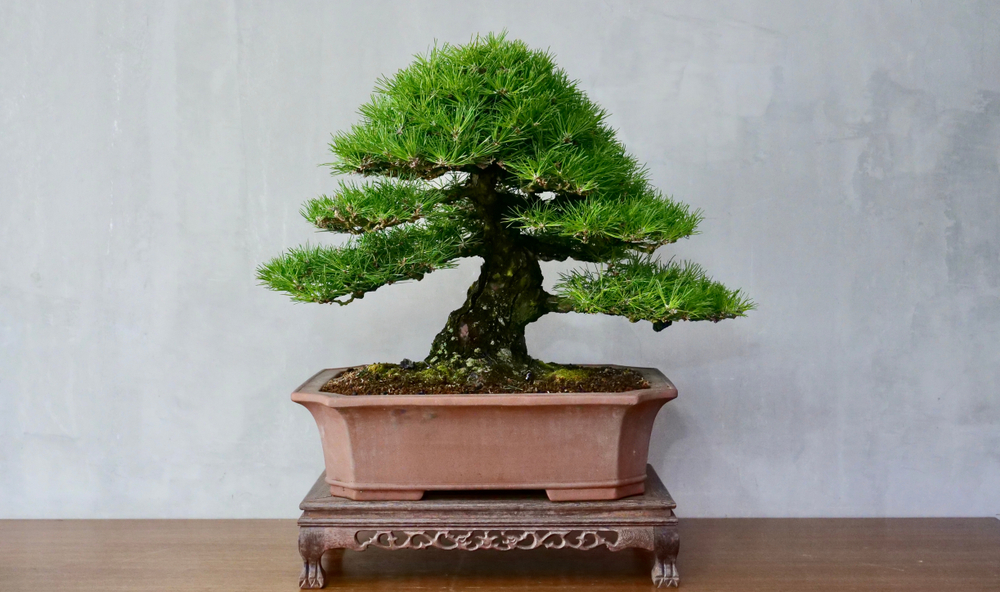
The Black Pine Bonsai is a highly regarded tree known for its dark needles and rugged, natural shape. It typically reaches a height of 12-18 inches indoors. This bonsai requires bright, direct light and should be watered regularly, but its soil should dry out between waterings. The Black Pine is admired for its long, slender needles that give it a timeless, classic appearance.
Black Pine Bonsai trees can be shaped and pruned to create dramatic and intricate designs. They require careful attention to prevent overwatering, but with the right care, they can thrive indoors. This tree is ideal for those who enjoy the challenge of shaping and maintaining a bonsai tree. It adds a traditional touch to any home decor.
Cedar Bonsai
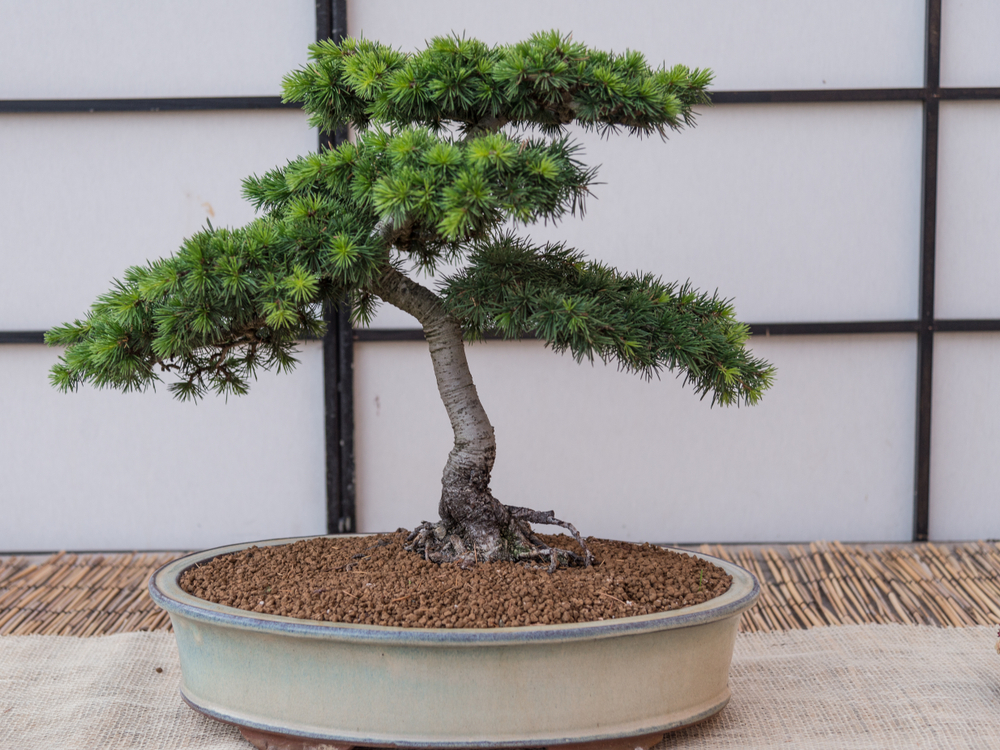
The Cedar Bonsai is a striking tree that features dense foliage and a rugged, pine-like appearance. It typically grows to about 12-24 inches in height when kept indoors. Cedar Bonsai trees require plenty of light and moderate watering to thrive. They are relatively low-maintenance and can survive in a variety of indoor environments.
The Cedar Bonsai is known for its resilience and attractive, needle-like leaves. It requires occasional trimming and shaping to maintain its compact form. This tree is a perfect addition to any room that receives a good amount of natural light. It will not only brighten up the space but also provide a soothing, natural aesthetic.
Boxwood Bonsai
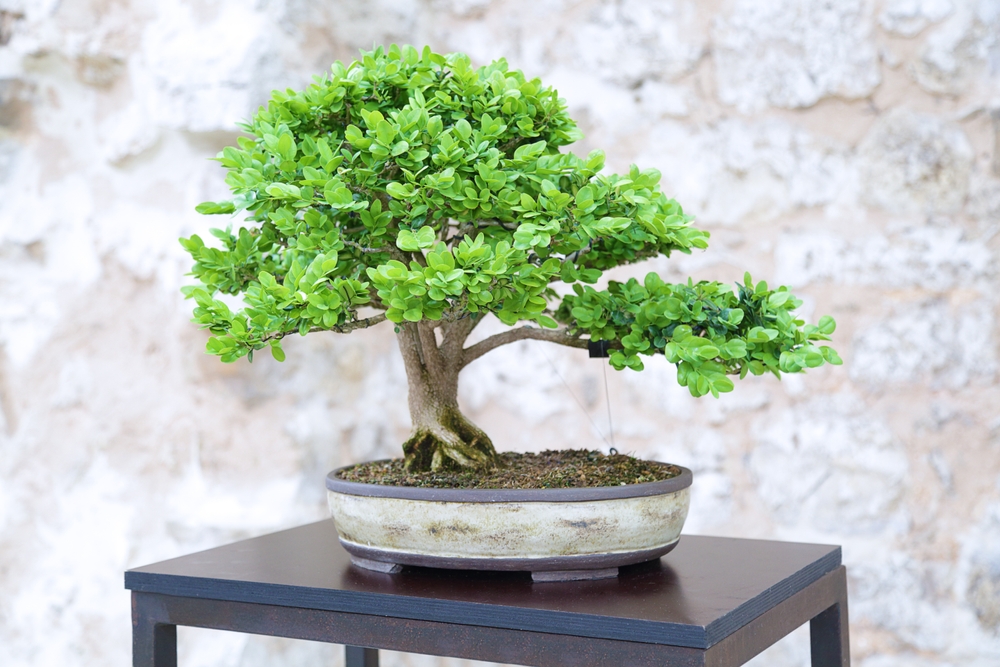
The Boxwood Bonsai is known for its small, dense leaves and dense growth, which can be easily shaped. This tree typically reaches a height of 6-12 inches indoors. It thrives in moderate light and requires regular watering to keep its leaves healthy and vibrant. Boxwood Bonsai is particularly admired for its ability to be shaped into intricate designs.
Boxwood Bonsais are perfect for creating a traditional, well-groomed look. They are easy to care for and maintain, making them ideal for bonsai beginners. Pruning is recommended to shape the plant and encourage new growth. Its dense foliage and compact size make it a wonderful addition to any indoor garden.
Olive Bonsai
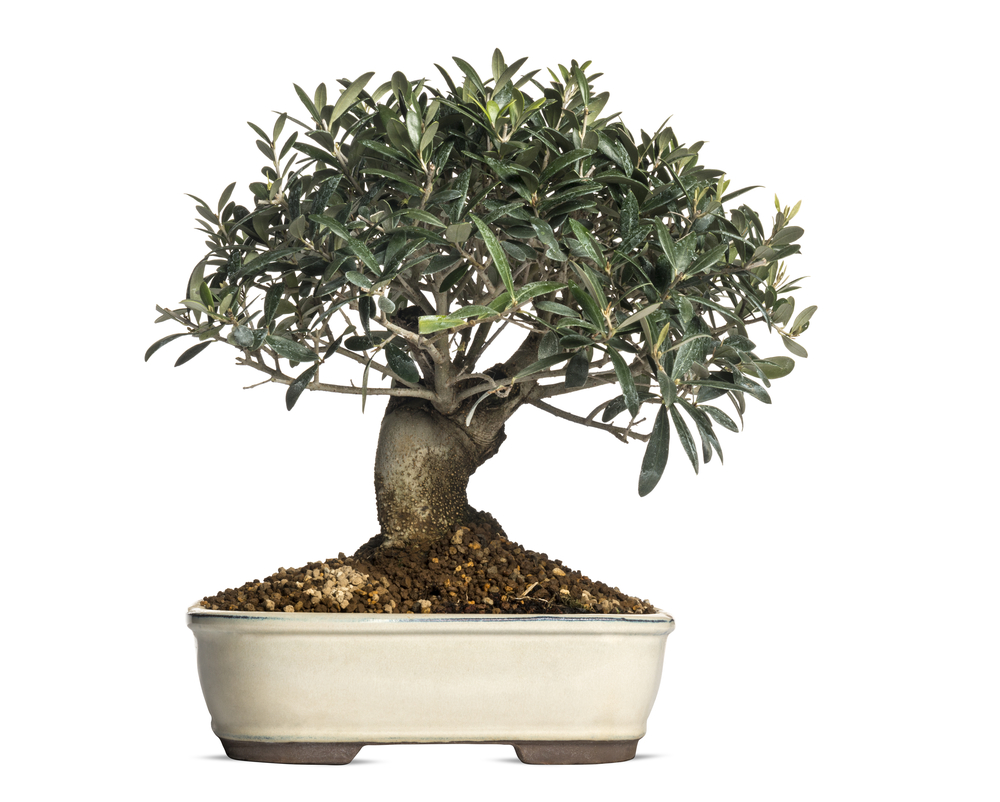
The Olive Bonsai is a unique tree known for its silver-green leaves and gnarled, twisted trunk. It typically grows to a height of about 8-18 inches indoors. This tree thrives in bright, direct light and requires regular watering, but the soil should be allowed to dry out between waterings. Its distinct trunk and elegant leaves give it a classic Mediterranean look.
Olive Bonsai trees are known for their ability to live for many years and develop intricate shapes over time. They require occasional pruning to maintain their shape and a well-draining potting mix to prevent root rot. This tree’s unique look and historical significance make it an excellent addition to any home decor. It is perfect for anyone seeking a bonsai that adds both style and history to their space.
This article originally appeared on Avocadu.
